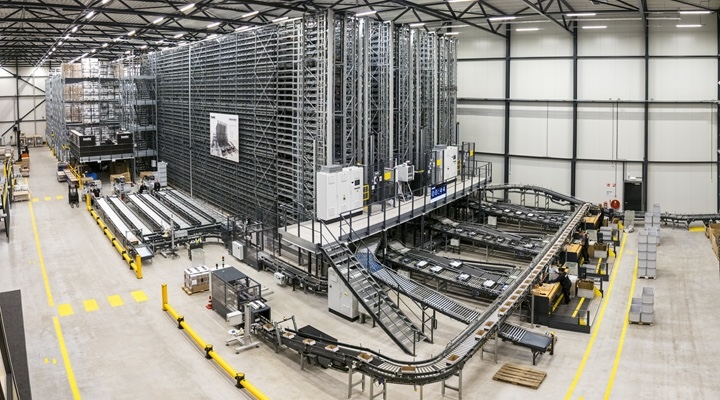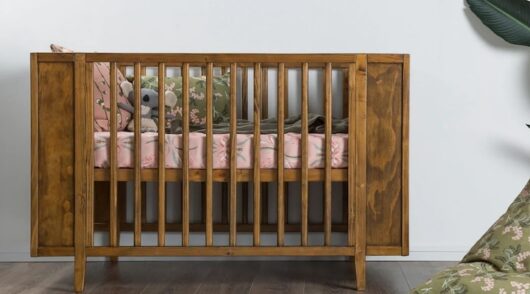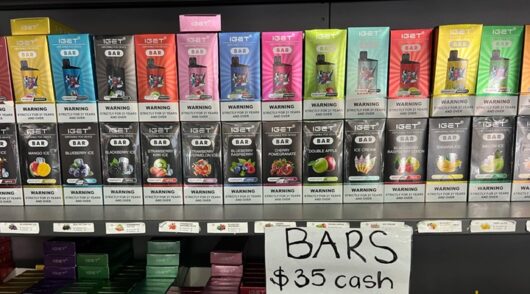The retail industry continues to face pressure from volatile consumer demand, rising operational costs, and increasingly complex fulfilment expectations.
Whether supplying physical stores or meeting the demands of fast-paced e-commerce, retailers are grappling with how to future-proof their supply chains, especially during peak trading events like Black Friday or seasonal promotions. In this environment, automation is shifting from a nice-to-have to a strategic imperative.
Traditional warehouse operations, still heavily reliant on manual processes, are struggling to keep pace. Order volumes spike, labour is scarce, and customers demand fast, accurate deliveries. Vanderlande, a global leader in warehouse automation, is working with some of the world’s most recognisable brands, including Nike, H&M, Asics and Crocs, to solve these challenges through scalable, intelligent solutions.
Managing chaos during peak demand
Peak periods place immense stress on manual operations. Online-only retailers, in particular, experience dramatic volume surges over short timeframes. Retailers with both e-commerce and in-store fulfilment responsibilities must juggle competing priorities with limited space, labour, and time.
“Retailers are constantly facing the challenge of handling unprecedented spikes in orders,” says Roald de Groot, sales director at Vanderlande. “Without a robust warehouse solution, businesses risk falling behind their competition.”
Adding to the challenge is a lack of predictability. Fluctuating trends, marketing campaigns, and changes in consumer buying behaviour can result in either stockouts or overstocking. SKU ranges are growing and shifting constantly, creating added pressure on space and throughput.
For first movers: Batch pick and sort as a starting point
For retailers just beginning their automation journey, implementing a Batch Pick and Sort system is a smart and practical first step. This concept combines the efficiency of batch picking, where multiple items for multiple orders are retrieved in a single pick run, with automated sorting technology that organises the items into their final customer orders.
In today’s fast-paced logistics environment, this approach can significantly increase fulfilment speed, reduce manual handling, and improve order accuracy. All without the complexity of a full goods-to-person (GTP) system. Vanderlande’s batch pick and sort solutions offer a simple, cost-effective way for growing businesses to gain immediate value from automation, while laying the foundation for more advanced systems in the future.
Beyond the basics: The shift to Goods-to-Person
For operations ready to take the next step, GTP automation offers significant advantages over traditional “person-to-goods” models. In manual systems, workers walk the aisles collecting items. A method that contributes to as much as 70 per cent of warehouse labour costs and leaves room for fatigue and errors.
Vanderlande’s Fastpick solution flips this model. Products are stored in a high-density shuttle-based system and automatically brought to ergonomic workstations via intelligent shuttles. This enables operators to focus solely on picking, dramatically increasing throughput while improving accuracy.
“Warehouse real estate is expensive, and maximising every square metre is crucial,” says Katie Budd, sales manager at Vanderlande. “Our shuttle-based storage solutions ensure businesses can store more SKUs in less space, improving overall efficiency.”
Why Fastpick?
Fastpick is built to tackle all the pain points of modern retail fulfilment:
- High order volumes: Orders are sequenced and picked one at a time, improving flow and meeting short delivery windows.
- Space constraints: The system can store up to 60 per cent more inventory compared to traditional shelving, making better use of expensive warehouse space.
- SKU volatility: With shuttles that move in three dimensions, there’s no need to rearrange items based on velocity/ every item is always accessible.
- Labour limitations: Automation reduces dependency on manual labour, especially during peaks, and integrates seamlessly with robotic pick arms to handle repetitive tasks.
- Accuracy requirements: Visual picking guides and intelligent sequencing reduce mis-picks and errors, ensuring consistently high fulfilment accuracy.
Fastpick’s modular design means it grows alongside the business. More shuttles, workstations, or robot arms can be added over time, allowing retailers to scale without disruption.
Leading the way in ANZ
Vanderlande just delivered five major warehouse automation projects across Australia, demonstrating its commitment to local innovation. Some of these are omnichannel-ready systems and integrate in-store replenishment with e-commerce fulfilment, ensuring businesses can meet demand across all channels.
For Australian and New Zealand businesses looking to stay competitive, Vanderlande offers not just technology, but strategic guidance. Helping retailers identify the right level of automation based on business maturity, volume, and growth outlook.
Conclusion
Today’s retailers are expected to fulfil faster, more accurately, and with fewer resources. Whether starting with a simple batch pick and sort solution or scaling to a fully integrated Fastpick system, automation provides the foundation for smarter, more resilient supply chains.
With a proven track record supporting global brands and a growing footprint in the ANZ region, Vanderlande is well-positioned to help retailers navigate complexity and succeed even in the most demanding conditions.








